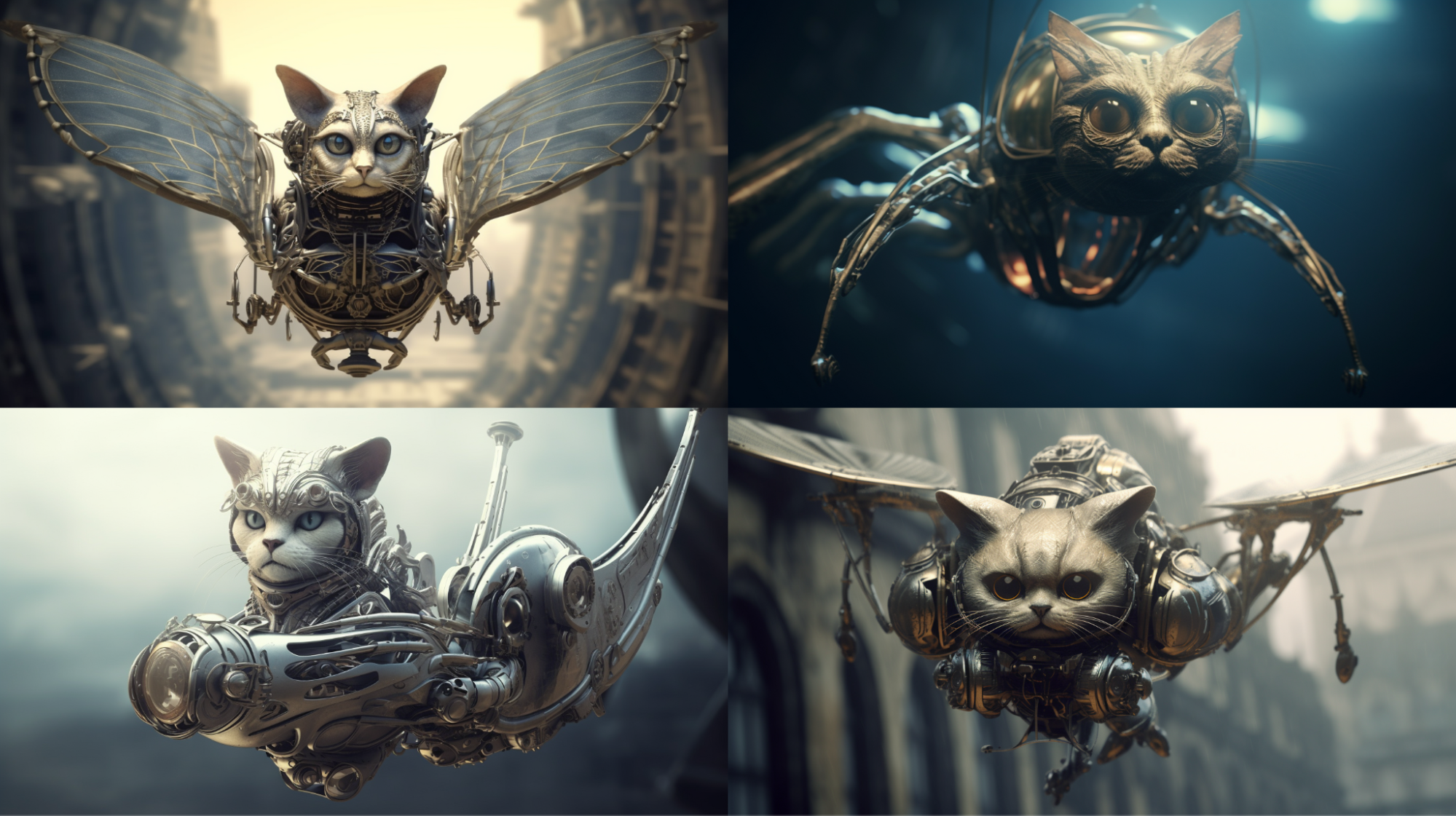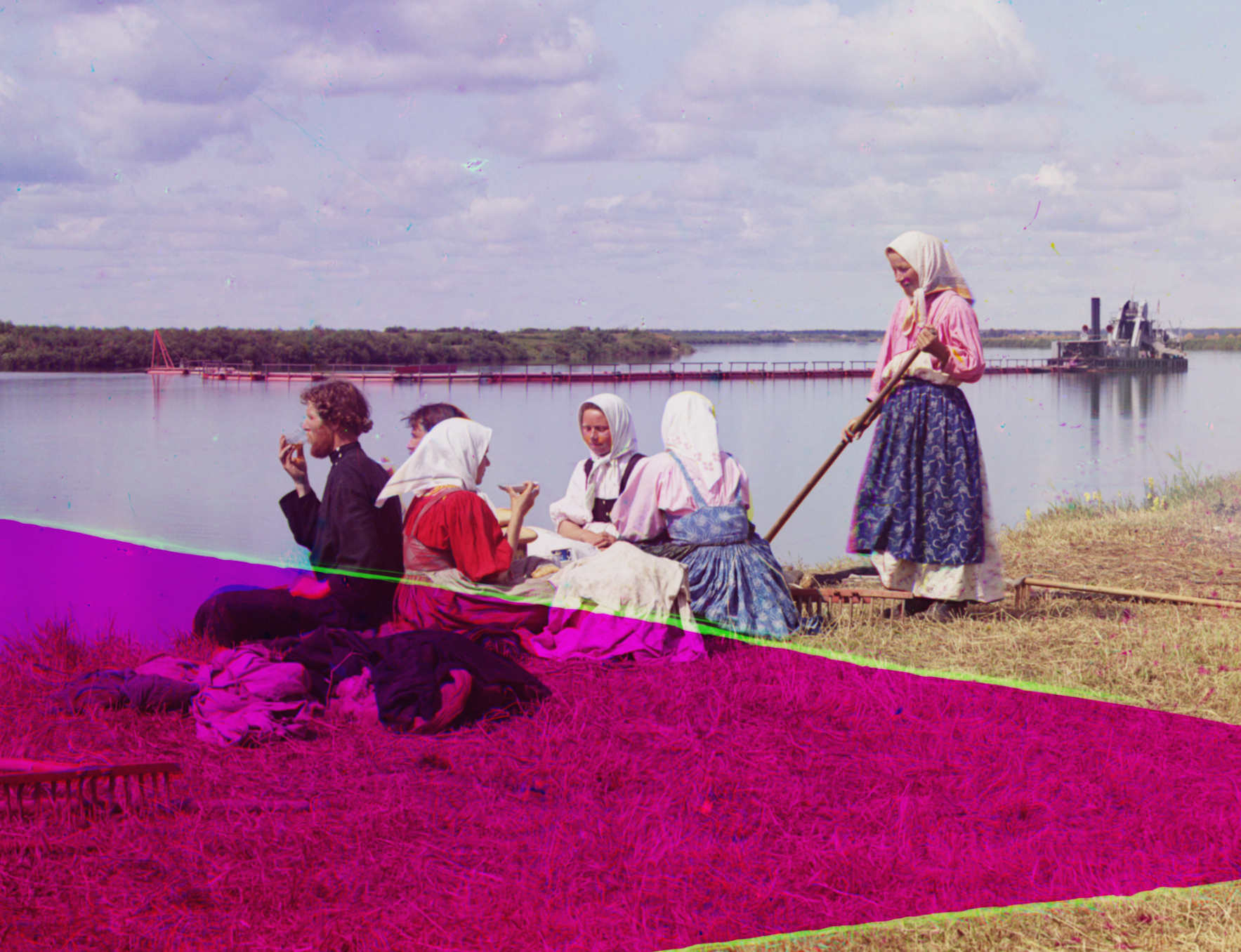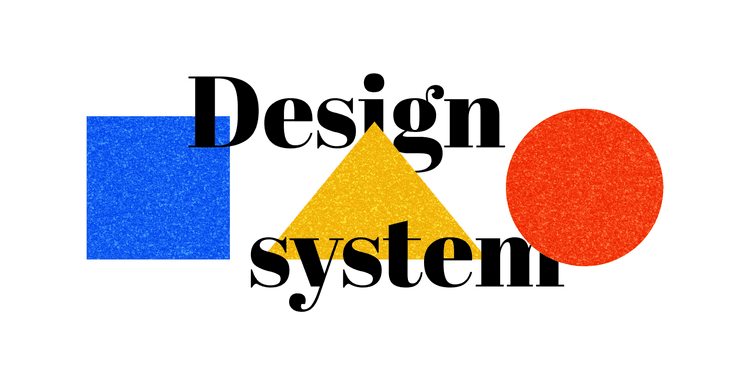The integration of AI into design workflows has already changed the way designers and engineers approach their work, creating many ah’s and oh's on the way and raising a lot of questions when it comes to the toll it takes on the way creative efforts have been taken so far. The controversies are really stretching from usage rights to the purpose of being creative. Is a flying kitty based on Hans Giger’s art: Giger’s work, AI’s work or my work? Wouldn’t it be offensive for the artist? What’s the point of creating anything if AI can do it in seconds? And where is the meaning in the whole process?

While these kinds of questions are asked by many, the AI revolution is on its way and is going to stay with us for a while. No. Forgive me the euphemism. Forever.
As a street photographer, I’ve learned that limitations are extremely important for creative work. And these are not just technical limitations such as only shooting in jpegs, or using manual prime lenses instead of autofocus telephotos, but also asking people if I can take a portrait of them, or the fleeting nature “the decisive moment” (as defined by Henri Cartier-Bresson). Without limitations, thus, being able to do virtually ANYTHING, the meaning is lost.
In other words, creative work is embracing the actual, super-complex reality with a limited toolset, be it a ball pen, or a camera. It makes the creation process challenging, and satisfying, also making the results unique and valuable. And no, I am not a renowned street photographer, as I said, I only take photos for myself. But it became way more meaningful for me, and more challenging, when I ditched RAWs for JPEGs, color for monochrome and autofocus for old manual lenses.
Mastering the Tool
Overcoming the actual tool limitations and mastering the tool itself is amazing. Picasso drew with light. Sergei Prokudin-Gorskii took three photos with differently coloured filters to bring to us real color imagery from the times of black and white photography. No, not coloured black and white photos - actual color registered, based on an innovation suggested in 1855, and used by Gorskii to show the lively scenes from the 18th century.


It was an innovation, a lot needed to be mastered here. Challenging, isn’t it?
Mastering the tool is important because it is the very spirit of creation. Reaching the limits and overcoming them. Finding new ways.
If we think about AI this way, it changes the picture quite a lot. Even in the most obvious, generative AI realm, achieving the expected results, aligned with the artist’s vision, is a hard task. Take this Giger kitty for example. Most people would probably enjoy any of the cats. Or some of them. Or run the prompt once again to get some more results until they see something that might be it. But not someone with a vision. If I had a specific idea for the kitty, some picture in my mind, then replicating this idea within an AI generated picture would be hard. And this fact makes achieving an exact image with generative AI an extremely challenging process. Challenging, but not impossible. As the second Clarke’s rule says: “The only way of discovering the limits of the possible is to venture a little way past them into the impossible.”
So much for the vision to embrace, tools doing it, their limitations and the challenge. Convinced?
Approaching and Overcoming the Limitations
So far, we have cut the most obvious part of the cake: the generative AI. Let’s now explore some broader and less obvious waters, where Product Design could benefit from artificial intelligence.
Let’s first set the right focus to Product Design, though, namely: interface design. It is only a small part of Product Design. A lot of Product Design is actually research, educated ideation, validation, strategization and more.
Using AI for Inspiration and Ideation
Designers often seek inspiration from various sources to develop new and innovative ideas. AI can accelerate this process by using vast amounts of data, including images, texts and even existing product designs. AI algorithms can analyze and generate recommendations based on patterns, trends and user preferences. This not only saves time but also provides designers with fresh perspectives and unexpected combinations, pushing the boundaries of creativity.
Still, this keeps the creative direction within the hands of product designers.
AI as a Feature
AI opens new lengths before product design. “Any sufficiently advanced technology is indistinguishable from magic” – Clarke’s third law says. Do you want your users to feel that magic? I’d bet you do! And creating a magical experience is actually creating a magical user experience. If AI can become a feature in an application, coming up with such a concept may have a tremendous meaning for the product's success.
Smarter personalisation engines that analyze our data, compare our and similar users’ behaviors etc. can give users an unprecedented level of experience, for example being able to recommend Listening to Flying Lotus to someone who likes listening to Chopin, loves Kandinsky paintings and needs a cooldown after a day full of work. Recommendation and personalisation that almost understands us is an experience after all. Intelligent Voice Assistants, while integrated into applications, would be another area that can enable users to perform various tasks through voice commands, and again – feel almost understood. And there is more: object and image definition, magical photo or video editors etc. Natural language processing + emotional analysis, so instantly and often properly extracting users’ intent behind the words – this, and many more, is the magic you can give to your users. Or real time translation. Or fraud detection when this strange SMS reaches your phone. Think how much more value this can bring than just changing a button rounding and shadow.
You are product designers after all. There’s more in your hands than just a brush and a bucket of paint.
Your Artificial Design Advisor
There is always a lot of work when it comes to design organization. How about having someone who could do all these boring things for you? I mean activities like organizing the patterns, determining what elements should be reusable and could benefit from more consistency, giving you some insights of what you can do in your design because 2 weeks earlier some other application implemented it this way. Empowering? Empowering it is! AI can act as a reliable design assistant, augmenting the capabilities of human designers, providing design file analytics in order to optimize them.
Machine learning algorithms can also analyze large datasets to identify design flaws, suggest improvements and provide real-time feedback. This iterative feedback loop enables designers to make informed decisions and iterate rapidly, resulting in more refined and user-centric designs.
By automating any repetitive tasks and offering design suggestions, AI can liberate you to focus on things that really matter, this way fostering innovation and efficiency.
AI as a Middle Way Between Heuristics and Data
Understanding users behavior and preferences is vital for successful product design.
We hear it all the time: there is a limit to heuristic evaluation. User behaviors change over time, and “laws” are not universal. Just to give you one example: if you can type without looking at the keyboard, normally use QWERTY layout and need to start using a QWERTZ layout, you’ll soon find out that you type Zs instead of Ys. But the keycaps say it precisely: Y is now in the bottom left corner. Apparently, though, muscle memory is more important than recognition in this particular case. So the heuristic may be considered wrong.
Heuristics are rules of thumb: things that happen often but not universally. To dive into the details, research is necessary, both qualitative and quantitative. However, wouldn’t it be amazing to join both? User behaviors prediction based on vast amount of data, combining users into groups showing different needs, jobs to be done, and even exposing their interest in particular monetisation models (be it subscription, one time payment etc.) would help product designers come up with more valuable changes to the flows and features they design and make better bets on their strategic value. Just imagine these AI tests without actual users, but still resulting in super valuable to these users and identifying any flaws and missed opportunities. It’s closer than you think!
Less Hassle with Better Results = Cost Optimisation
Of course it’s a dream now. But should all of this happen, a product designer would be able to work more efficiently, because the data provided by AI would be right, the design would be organized for them by AI and the decisions would be less prone to biases leading to human errors, such as halo effect, rhyme as reason and many, many more. And all of that would happen in an environment less prone to “my point vs. your point”, because the recommendation would be pragmatic and its validation would be available right off the bat. So it would also be less mind-boggling for the whole team. Isn’t it a beautiful vision?
All we need to do now is build these castles in the sand. Make them real. And should someone say it’s not possible, let me remind them of the first Clarke’s law: “When an expert says that something is possible, he is almost certainly right. When he states that something is impossible, he is very probably wrong.”
Of course it’s just a rule of thumb. And call me mad—but data will rule forever.



